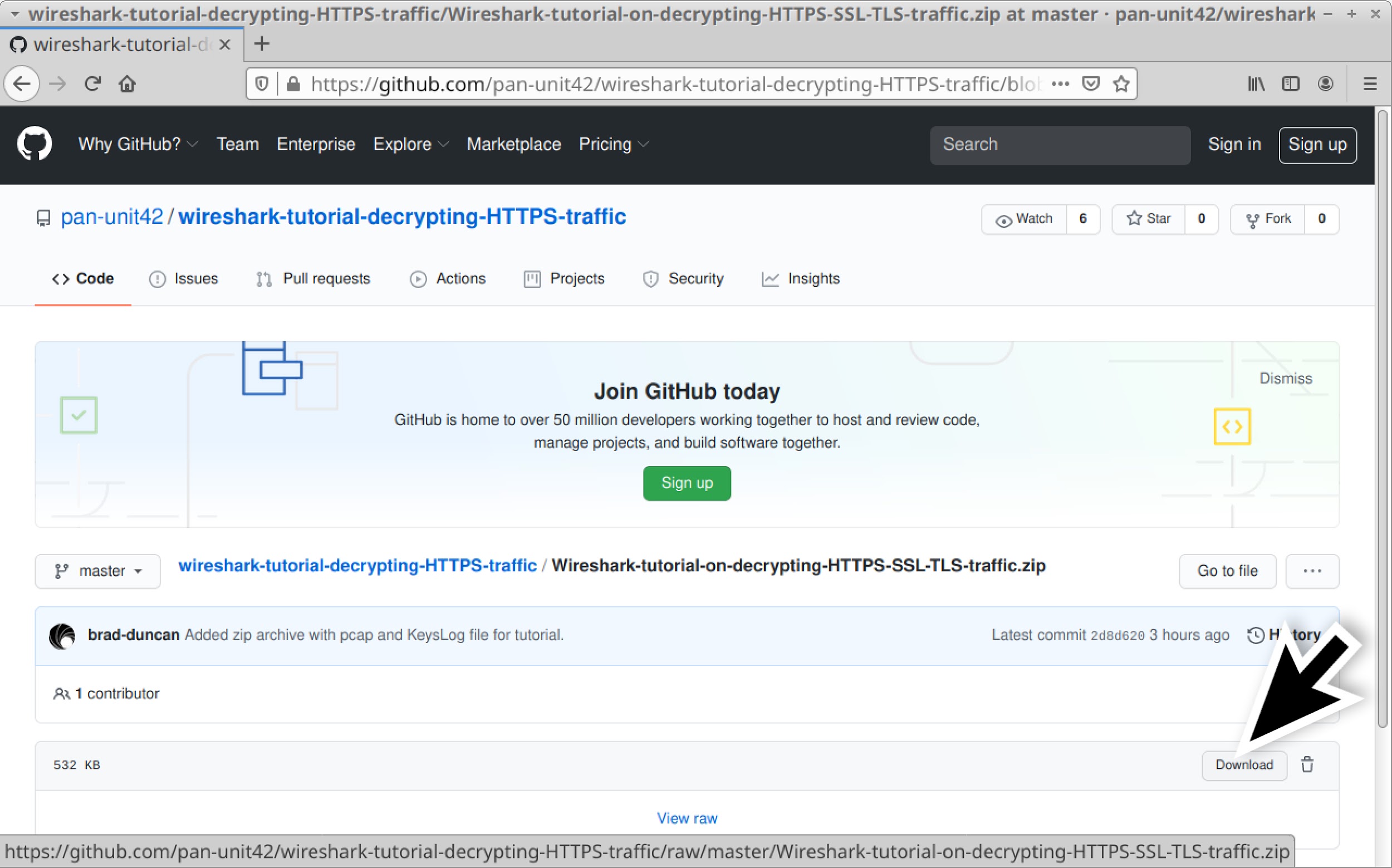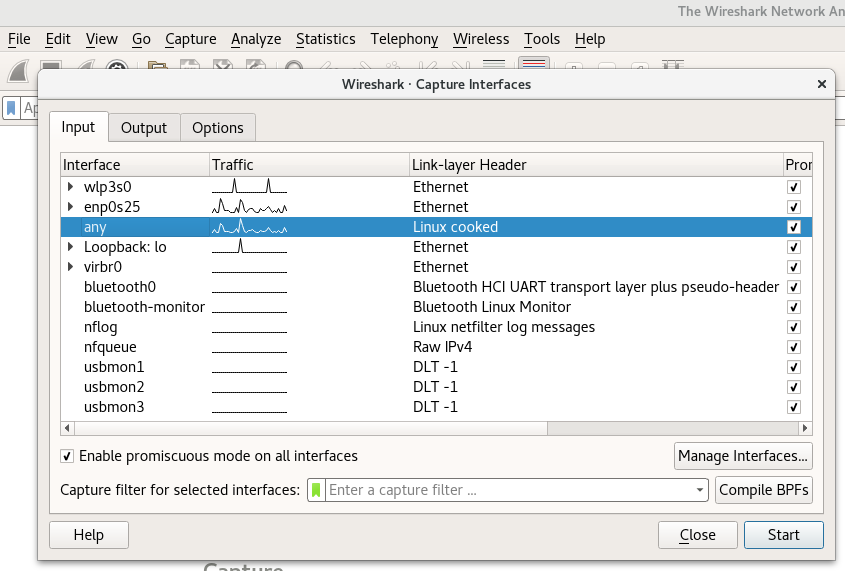

If you just need to replay network data and not necessarily analyze it, you can do that, too.

Wireshark and helpers can do lots of things, even Bluetooth.

Of course, this also lets you creep on data the browser and plugins are sending which could be a good thing if you want to know what Google, Apple, or whoever is sending back to their home base using encrypted traffic. Wireshark understands the file created, so if you point it to the same file you are in business. How you set this depends on your operating system, and that’s the bulk of the post is describing how to get the environment variable set on different operating systems. Chrome, Firefox, and other software that uses NSS/OpenSSL libraries will recognize an SSLKEYLOGFILE environment variable that will cause them to produce the correct output to a file you specify. The method depends on the target applications like a browser writing out information about its keys. You need to share a key between the target browser or application and Wireshark.

This doesn’t let you snoop on anyone’s information. Can you decrypt your own HTTPS traffic? The answer is yes and shows you how.ĭon’t worry, though. But what if you are debugging your own code? You know what is supposed to be in the packet, but things aren’t working for some reason. Sure, you can see the packets, but you can’t read them - that’s one of the purposes of HTTPS is to prevent people snooping on your traffic from reading your data. However, by design, HTTPS traffic doesn’t give up its contents. Wireshark lets you capture and analyze data flowing over a network - think of it as an oscilloscope for network traffic. If you haven’t, then you certainly should. If you’ve done any network programming or hacking, you’ve probably used Wireshark.


 0 kommentar(er)
0 kommentar(er)
